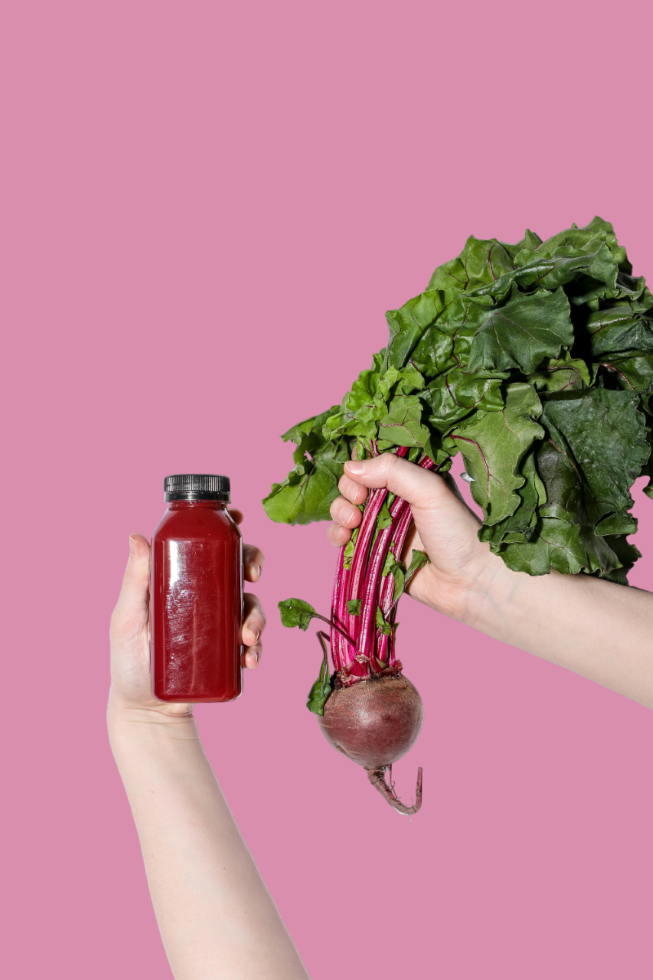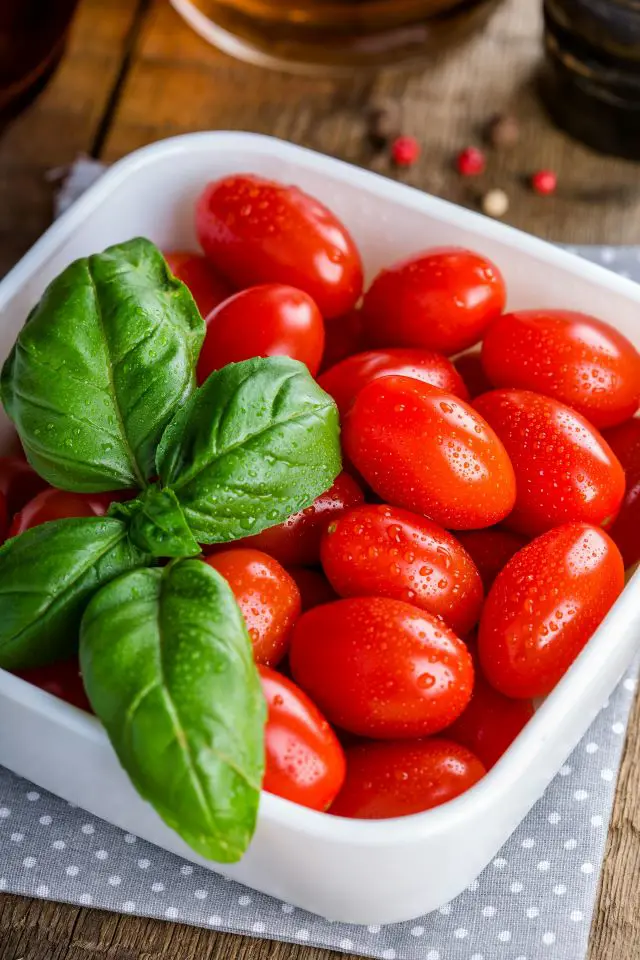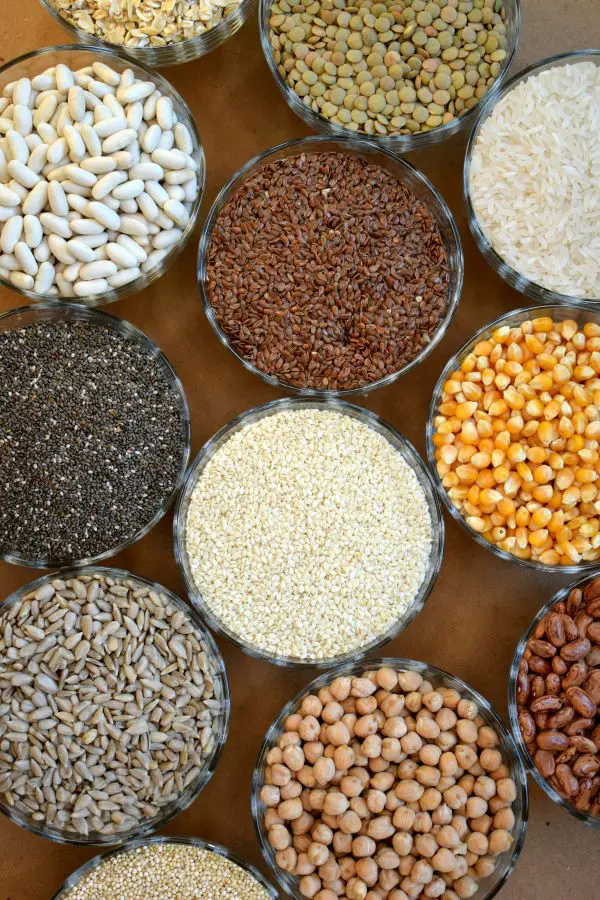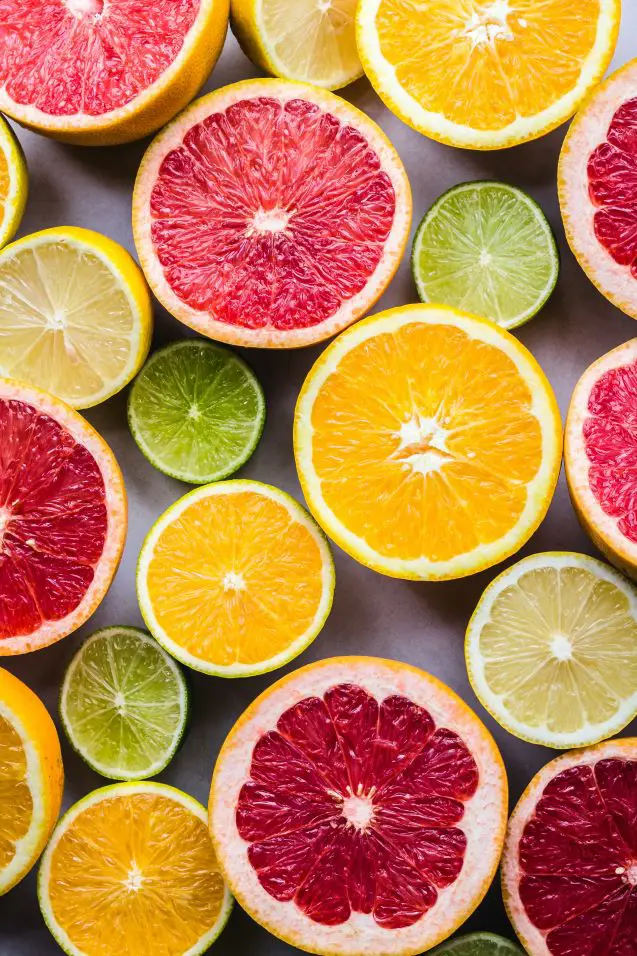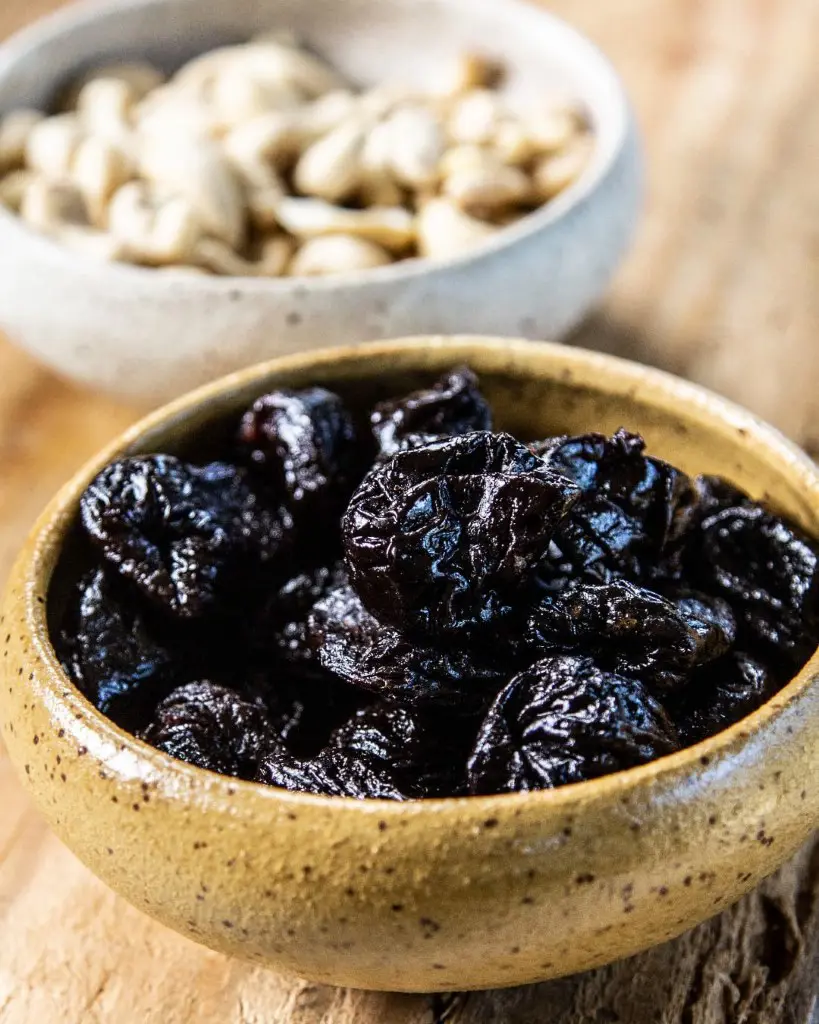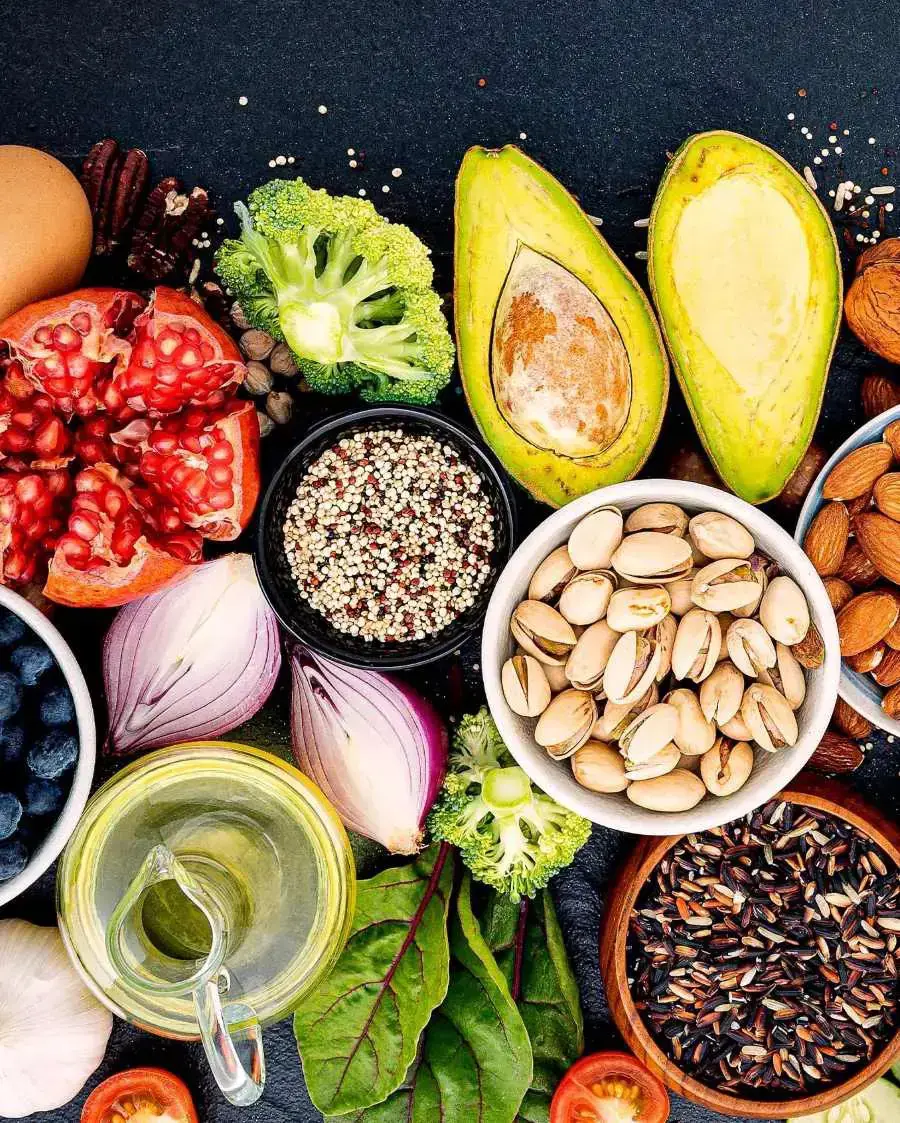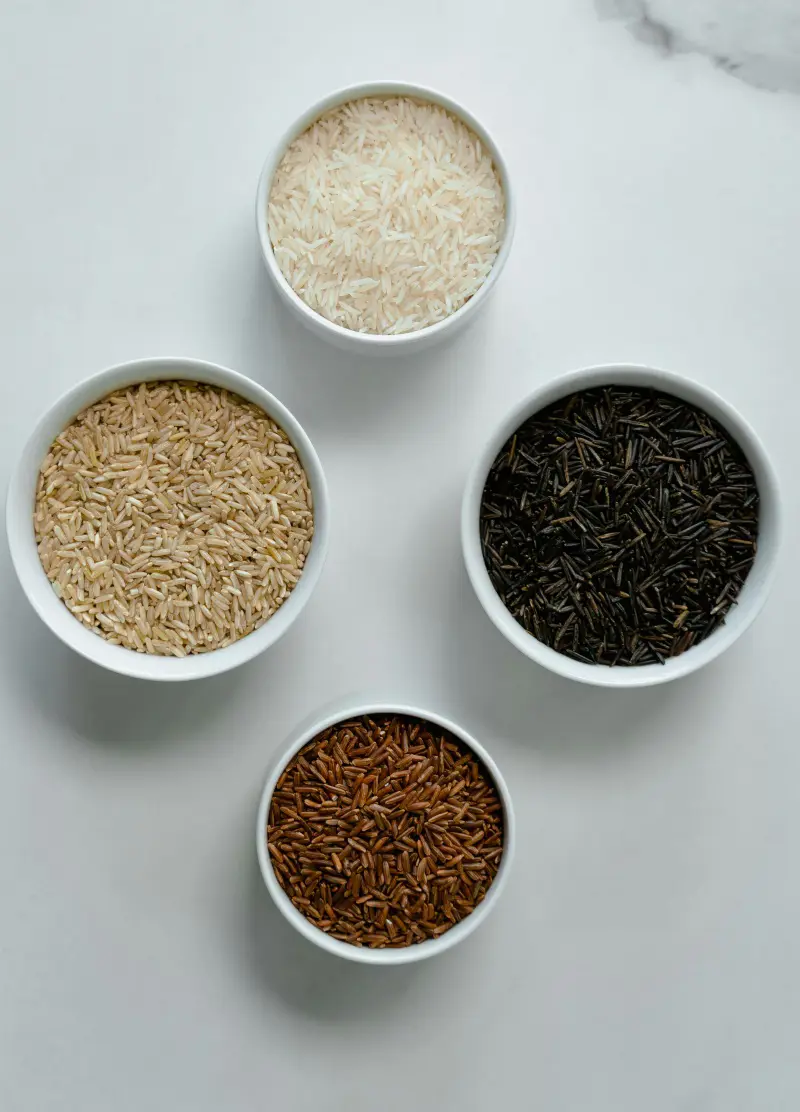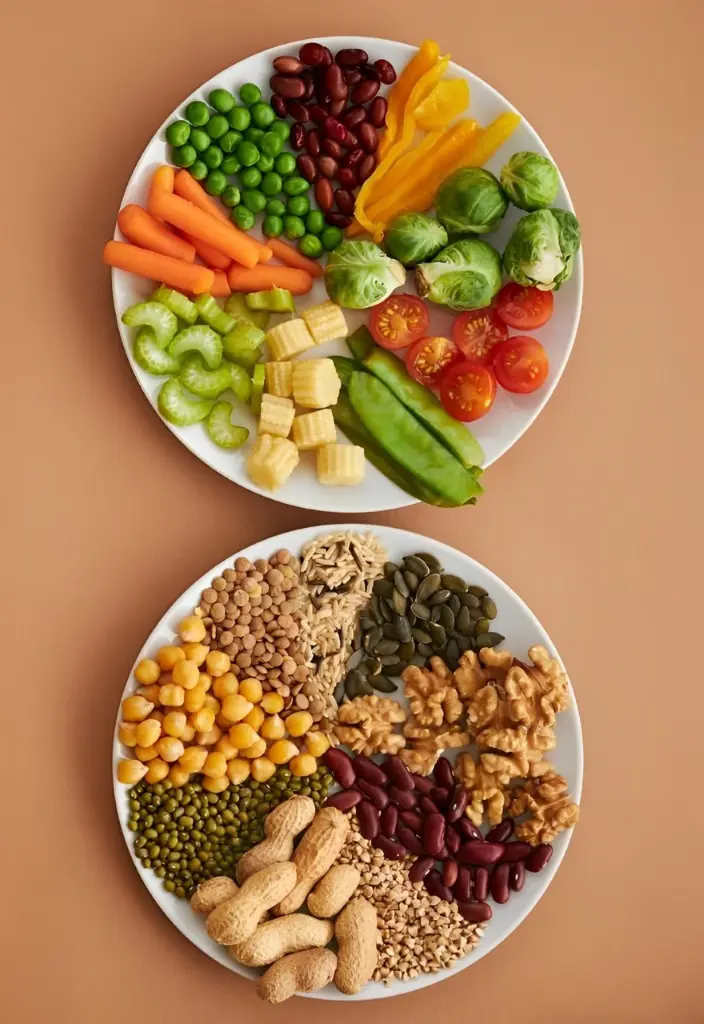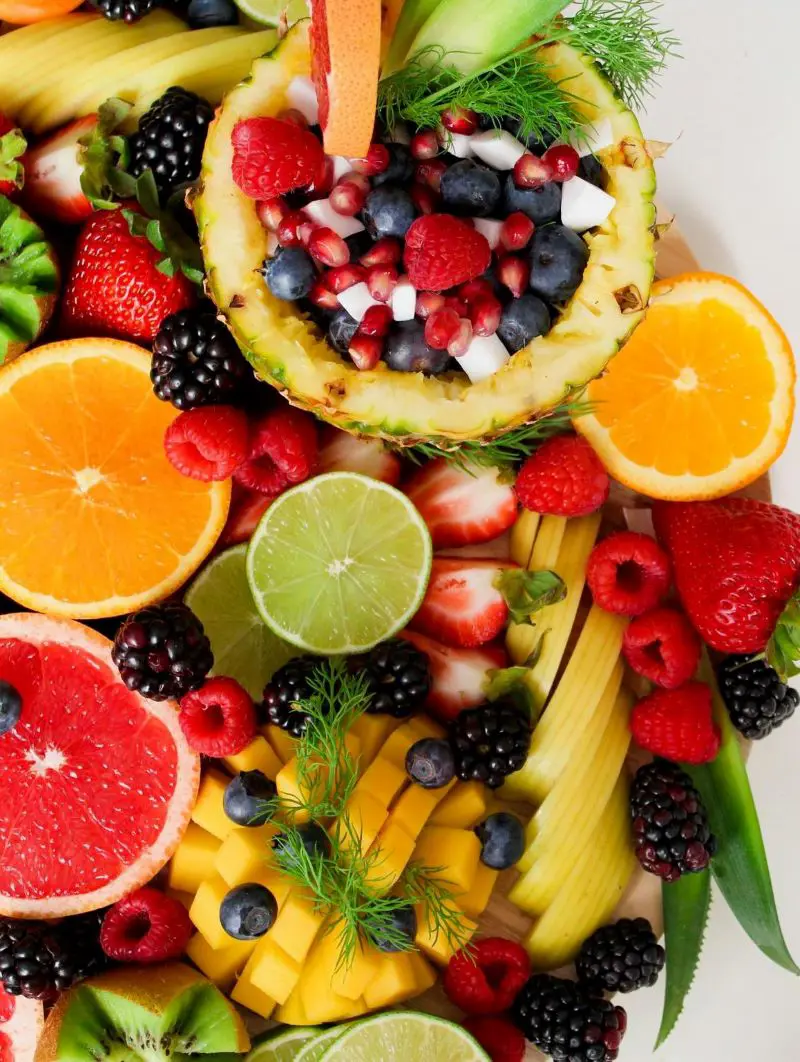1. Sauerkraut
Sauerkraut is a food that is acidic with pH 3.30–3.60. Made from fermented cabbage, the acidity of this dish comes from the lactic acid produced by the fermenting bacteria. Although sauerkraut falls on the acidic side of the spectrum, it is a good source of probiotics that aid in digestion, boost the immune system, and provide some essential vitamins and minerals.
Add them to your sandwich or enjoy them alongside sausages for a savory taste. No matter how you consume them, they don't fail to bring a unique twist to various dishes.

